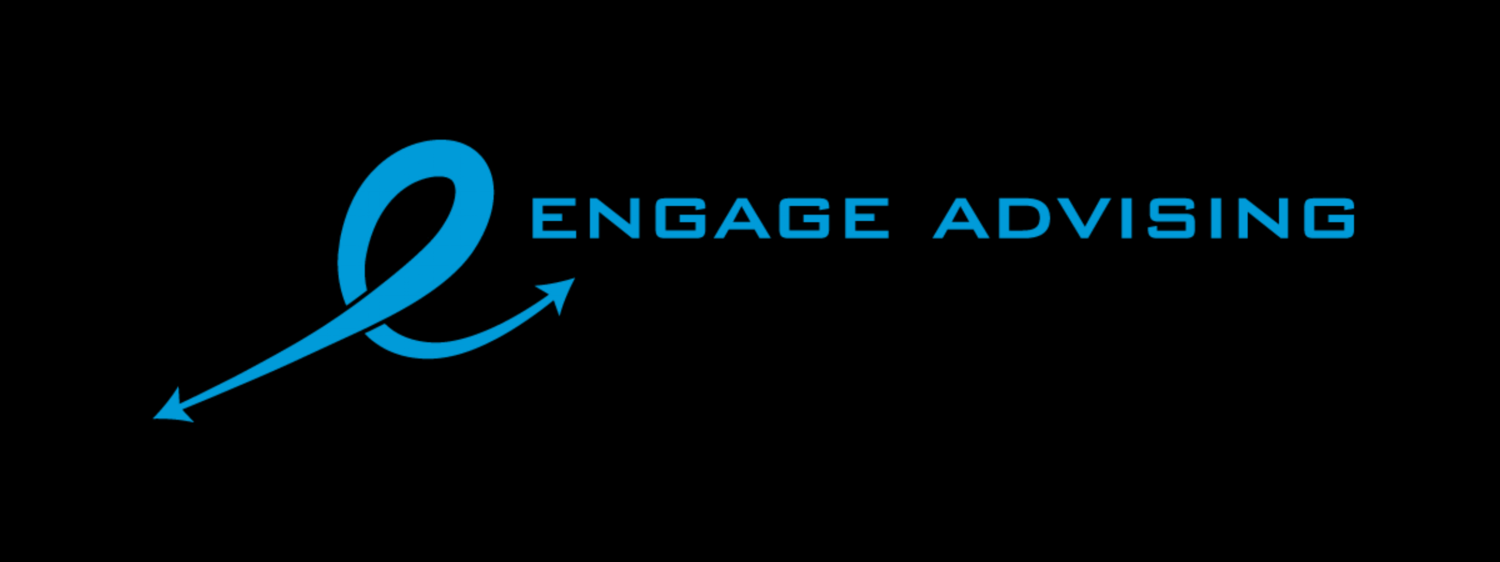With the New Year it’s time for a debt review. You may have lingering holiday debt that needs to be addressed, or debt you’ve put on the back burner. Either way, it’s time to address your debt. When it comes to reducing debt, two popular strategies that often come up are the avalanche and snowball methods. Both approaches aim to help individuals eliminate their debts, but they differ in their approach and priorities. Avalanche generally saves you the most over time in hard dollars, while snowball can help clear small debts faster for a winning feeling.
The avalanche method focuses on tackling debts with the highest interest rates first. By prioritizing high-interest debts, such as credit cards or personal loans, individuals can save money on interest payments in the long run. This method involves making minimum payments on all other debts while putting extra funds towards the highest interest debt until it is fully paid off. Once that debt is eliminated, individuals move on to the next highest interest debt and continue this process until all debts are cleared. Avalanche generally saves the most money over time.
On the other hand, the snowball method emphasizes paying off smaller debts first. With this approach, individuals start by paying off their smallest debt balances while making minimum payments on larger ones. As each small debt is paid off, individuals gain a sense of accomplishment and motivation to continue eliminating their remaining debts. The idea behind this method is that as smaller debts are cleared, more funds become available to put towards larger ones. Snowball provides you with a faster sense of accomplishment.
Both methods have their advantages and can be effective depending on individual circumstances. The avalanche method may save more money in interest payments over time but may require more discipline and patience as higher-interest debts take longer to pay off initially. The snowball method offers psychological benefits by providing quick wins early on but may result in paying more money overall due to accumulating interest on larger balances.
Ultimately, choosing between these methods depends on personal preferences and financial goals. It's important for individuals to review their own debt situation carefully and consider factors such as interest rates, total balances owed, available funds for repayment, and personal motivation levels when deciding which strategy suits them best. For my clients, I can run a debt analysis and we can identify how much to pay, on which debt, and which method would be best overall. It depends which is most important to you – time, or maximum money saved. This analysis can show clients visually how much to pay each month, and when their debt will be paid off!
Make this the year you take action on your debt.
As an independent CERTIFIED FINANCIAL PLANNER™, I can help you plan for life’s financial journey. Contact me and let’s get started. #talktometuesday #education #Hireaplanner #stressfree #savings #debt #CFPPro #LetsMakeAPlan #invest #retire #retirement


